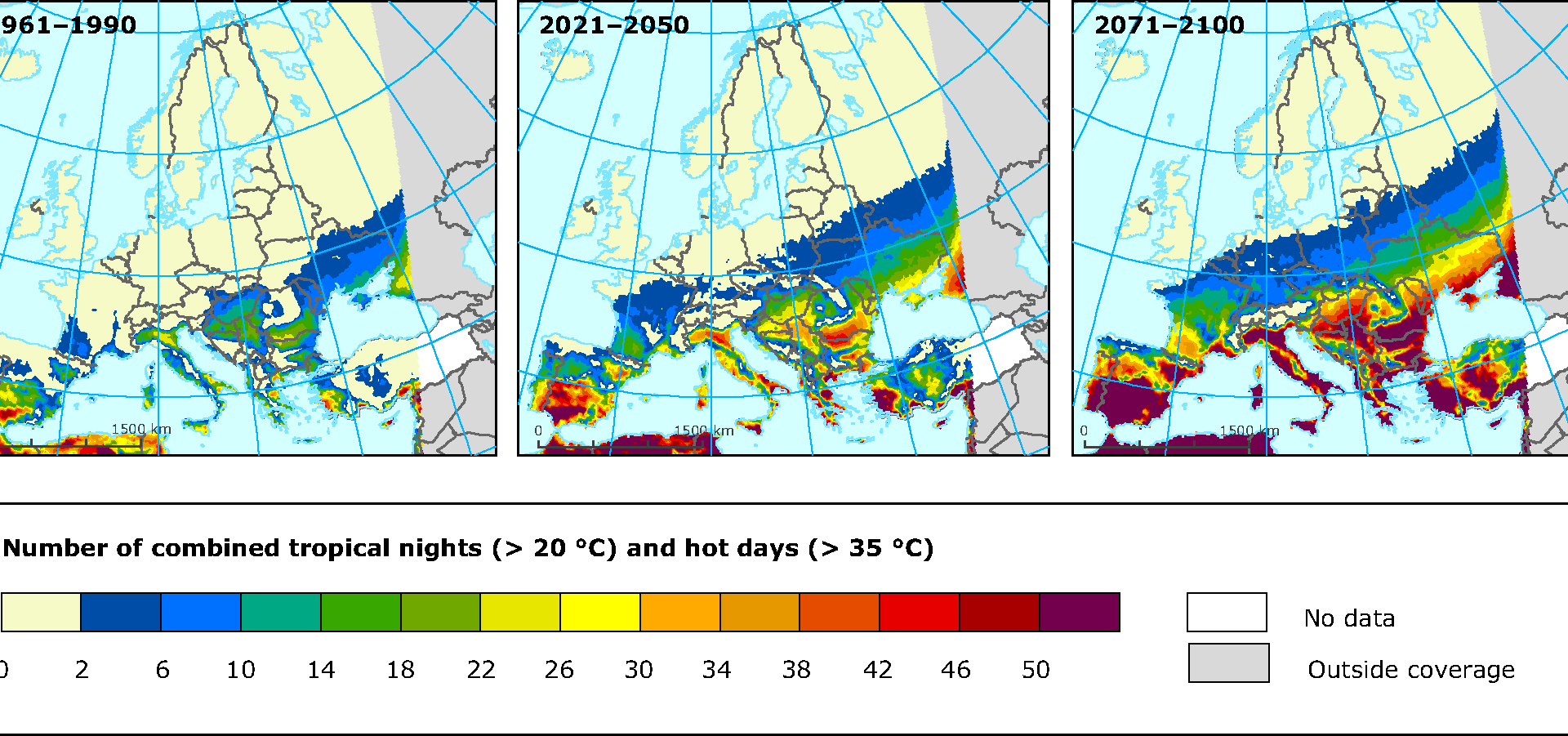
The Carbon Gap Gets Bigger
Instead of actually decreasing, the gap between the reduction in carbon dioxide that governments have committed to and the cuts that scientists say are necessary has widened.
 Once gain the numbers say we are in trouble.
Once gain the numbers say we are in trouble.
Instead of actually decreasing, the gap between the reduction in carbon dioxide that governments have committed to and the cuts that scientists say are necessary has widened, according to a new report by the United Nations Environment Programme.
The report is released on the eve of the latest round of climate negotiations, due to begin in Qatar next week.
It argues that current global greenhouse gas emissions are 20 per cent higher than in 2000. If no drastic action is taken, emissions are likely to hit 58 gigatonnes by 2020, which is 14 gigatonnes too much to have a chance of limiting warming to 2C, widely seen as the limit for avoiding runaway climate change.
The projected gap is growing year on year: larger than it was last year and in 2010.
So emissions are too high and the pace of decarbonisation is far too slow. “The transition to a low-carbon, inclusive green economy is happening far too slowly and the opportunity for meeting [scientific advice on emissions targets] is narrowing annually,” argues Achim Steiner, executive director of UNEP.
Steiner believes that the world can still meet its carbon reduction targets. “Bridging the gap remains do-able with existing technologies and policies,” he argues. But the report argues that “time is running out” and we must avoid being “locked in” to high carbon infrastructure, such as fossil fuel power stations.
The news came as the European Environment Agency issued a further report on climate change, arguing that “The average temperature over land in Europe in the last decade was 1.3 °C warmer than the pre-industrial level, which makes it the warmest decade on record”. That will be bad news for the climate sceptics who keep arguing the opposite.
The warming trend is much worse in the Arctic: “Arctic sea ice extent and volume have been decreasing much faster than previously projected. Record low sea ice cover was observed in 2007, 2011 and 2012 and can be equated to roughly half the size of the normal minimum extent in the 1980s. Snow cover has been decreasing, the vast majority of glaciers in Europe have been receding, and most permafrost soils have been warming.”
Indeed, glaciers in the Alps have lost about two-thirds of their volume since 1850, whereas there has been an increase in the frequency and intensity of droughts in southern Europe.
Prof Jacqueline McGlade, executive director of the EEA, said: “Climate change is a reality around the world, and the extent and speed of change is becoming ever more evident. This means that every part of the economy, including households, needs to adapt as well as reduce emissions.”
How often have these kind of warnings fallen on deaf ears? Let’s see what happens in Qatar next week. Don’t hold your breath.
